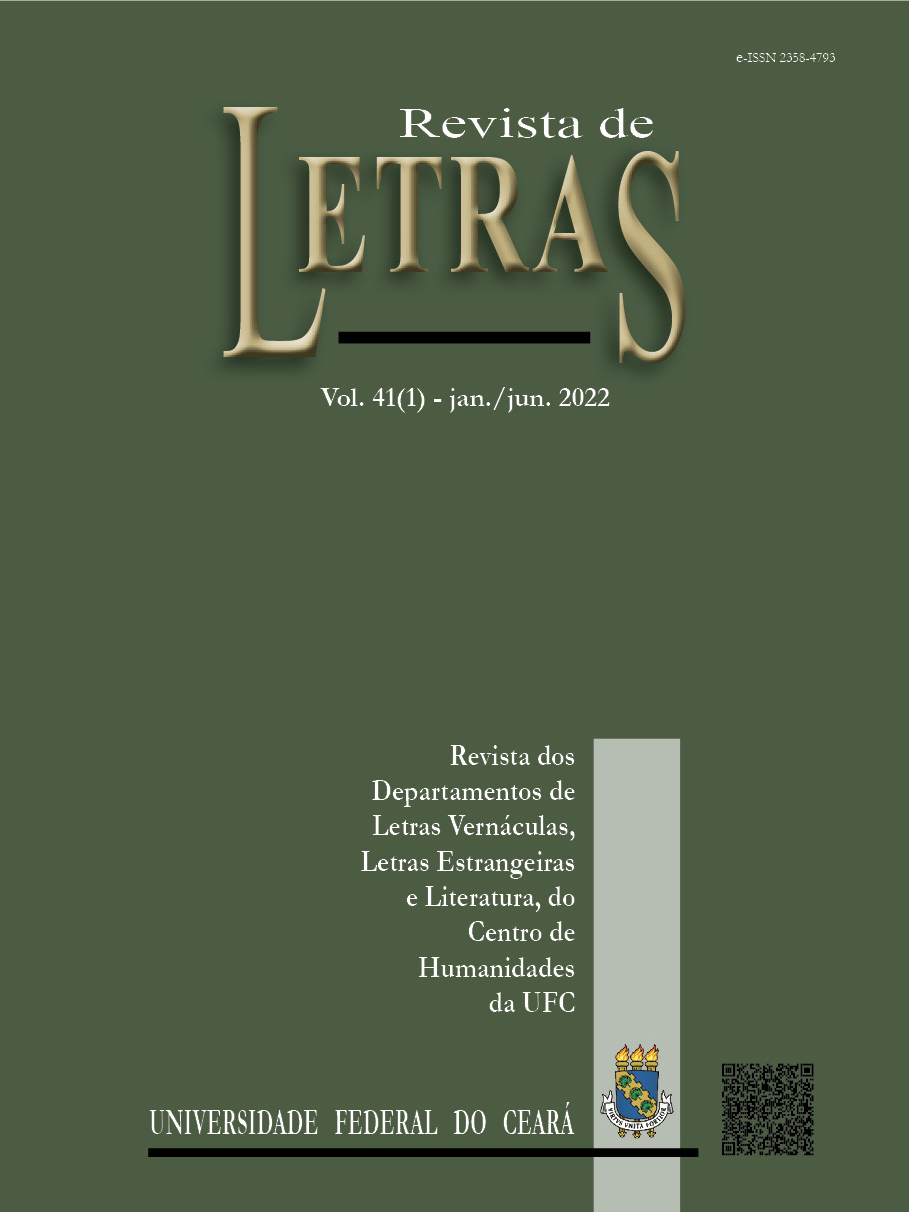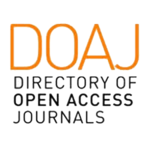SUSPEIÇÃO DE MORO EM DEBATE NO STF INTERFACES TEXTUAIS, DISCURSIVAS E ENUNCIATIVAS
DOI:
https://doi.org/10.36517/revletras.41.1.9Abstract
This article discusses the contentious interaction in the Federal Supreme Court (FSC), arising from an altercation between Supreme Court Ministers, about suspicions about the former Minister of Justice and Public Safety of the Bolsonaro government, Moro, in relation to the former president, Luís Inácio Lula da Silva. For this purpose, we anchor our reflections on the following guiding questions: 1) Considering the formal environment of the Federal Supreme Court, how do the ministers interact in their work environment, in the enunciative scene chosen for this analysis? 2) In addition to the sequential dialogue that comprises the macrolevel of the text structure of the interactive scene, what other textual sequences constitute the mesolevel of the text? 3) Which enunciative devices evidence the rupture of the expected interaction? 4) What are the interactants’ respective point of view regarding the object of the altercation? To answer these questions, we establish the following objectives: to describe, analyze and interpret an international event in its institutional context in which an altercation arose (spat, fight) between the Ministers Luís Barroso and Gilmar Mendes. This altercation constitutes our corpus, which was obtained on the CNN Brazil You Tube channel. The analysis revealed that the interactants’ viewpoints about the object of discourse is antagonistic, having created a tense atmosphere of verbal violence through intonation. Along these lines, even though radical positions were manifested, the winning position was the one in which the then judge Moro had acted with partiality in relation to his judgment of former President Luiz Inácio Lula da Silva.
Keywords: Contentious interaction. Point of View. Verbal violence.
Downloads
Downloads
Published
How to Cite
Issue
Section
License
Autores que publicam nesta revista concordam com os seguintes termos:- Autores mantêm os direitos autorais e concedem à revista o direito de primeira publicação, com o trabalho simultaneamente licenciado sob a Licença Creative Commons Attribution que permite o compartilhamento do trabalho com reconhecimento da autoria e publicação inicial nesta revista.
- Autores têm autorização para assumir contratos adicionais separadamente, para distribuição não-exclusiva da versão do trabalho publicada nesta revista (ex.: publicar em repositório institucional ou como capítulo de livro), com reconhecimento de autoria e publicação inicial nesta revista.
- Autores têm permissão e são estimulados a publicar e distribuir seu trabalho online (ex.: em repositórios institucionais ou na sua página pessoal) a qualquer ponto antes ou durante o processo editorial, já que isso pode gerar alterações produtivas, bem como aumentar o impacto e a citação do trabalho publicado (Veja O Efeito do Acesso Livre).

.png)






.png)
